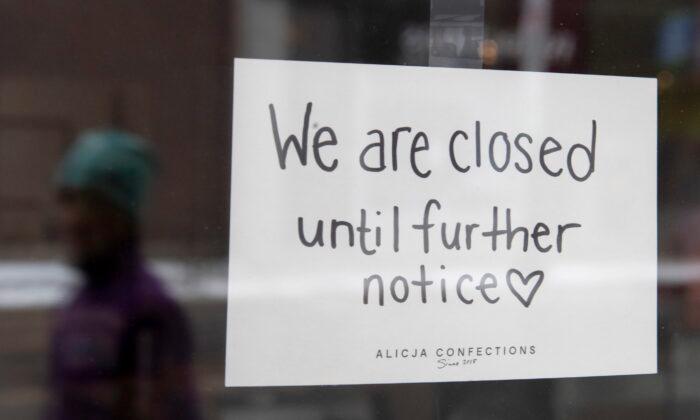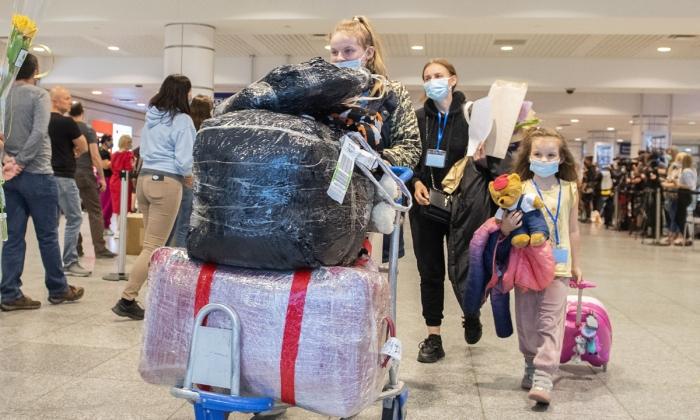The number of family-run small businesses across Canada plummeted from levels prior to COVID-19 lockdowns in early 2020, a report from the federal Department of Industry shows.
“Since the last iteration of this survey in 2017 there has been a substantial decline in the percentage of small and medium-sized enterprises owned by members of the same family,” said the report, according to Blacklock’s Reporter.
Titled “SME Profile: Ownership Demographic Statistics,” the report shows that, since the first lockdown in March 2020, Canada has lost 62 percent of its small businesses owned and operated by married couples or individuals belonging to the same family. This is an increase of 14 percent from last year.
The report, which defined small businesses as those with less than 100 employees, showed that net small-business employment decreased across the country from 2019 to 2020 by over 740,000 employees. Ontario and Quebec were hit hardest, losing over 223,000 and 173,000 small-business employees respectively.
The report also said that small businesses across the country were “less likely to increase employment, be able to take on more debt, and have the liquid assets to operate.” They were also less likely to have an optimistic 12-month outlook and expect increases in demand for their goods and services over the beginning of 2022.
“The average small firm prior to the third wave took on $170,000 in additional debt,” said Kelly. “That’s debt they will carry with them through the recovery phase that we hope to get to.”
Canadian small businesses entered the pandemic with over 7 million employees, but lost almost 10 percent of that total during the crisis, Blacklock’s said.





